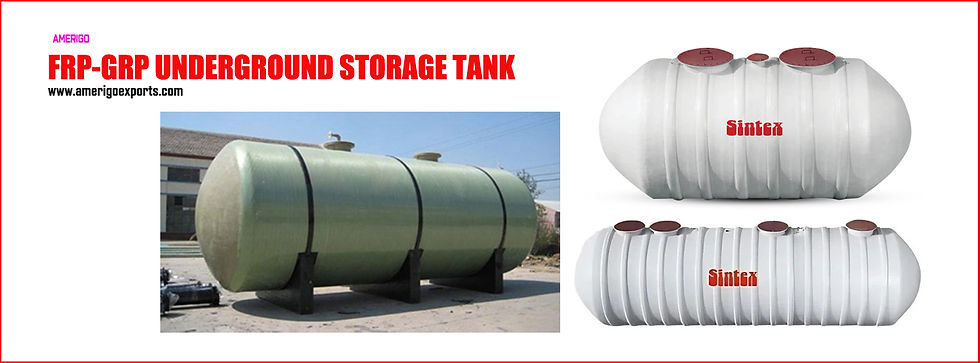Explore how Pulsation Dampener works in hydraulic systems, water supply networks and various industrial applications
- Amerigo Exports
- Jun 20, 2024
- 2 min read
A flowguard pulsation dampener, also known as an accumulator or surge suppressor, is a device used to smooth out pulsations and fluctuations in fluid flow within a hydraulic system. Here’s how it generally works:
Purpose: The main function of a pulsation dampener is to absorb shocks and pulses in a fluid system, thereby reducing vibration and pressure fluctuations downstream from the device.
Construction: A typical pulsation dampener consists of a sealed chamber divided into two sections by an elastic diaphragm or bladder. One section is filled with the fluid (often hydraulic oil or water) from the system, and the other section contains a gas (usually nitrogen) separated by the diaphragm.
Operation:
Pulsation Absorption: When there is a pulsation or surge in the fluid system, the pressure fluctuation causes the diaphragm to compress or expand.
Energy Storage: As the pressure in the system increases, the gas compresses, absorbing the excess fluid volume and pressure.
Release: As the pressure decreases, the stored energy in the gas pushes the fluid back into the system, thereby maintaining a more constant pressure downstream.
Benefits:
Smooth Flow: By absorbing pressure spikes and pulsations, the dampener ensures a more even and steady flow of fluid.
Protection: It protects downstream components from pressure surges that could potentially damage seals, valves, or instrumentation.
Reduced Noise: Smooth flow reduces fluid noise, which can be important in applications where quiet operation is required.
Applications:
Pulsation dampeners are commonly used in hydraulic systems, water supply networks, and various industrial applications where maintaining steady pressure and flow is critical.
They can be found in pumps, compressors, and other machinery where fluctuations in fluid pressure can cause operational issues.





Comments